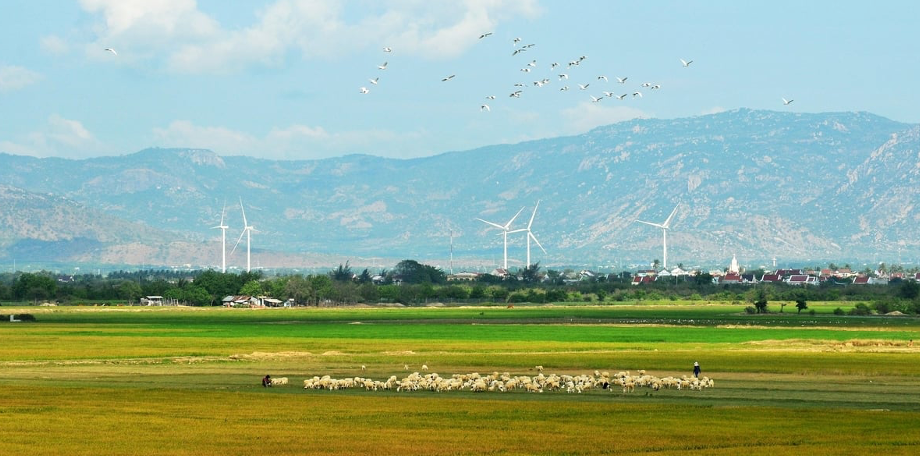The Ministry of Agriculture and Environment has issued Decision No. 4082/QD-BNNMT on the Ministry’s plan to implement Decision No. 1422/QD-TTg dated November 19, 2024, of the Prime Minister.
Under Decision No. 1422/QD-TTg, the Prime Minister issued the updated National Climate Change Adaptation Plan for 2021–2030, with a vision toward 2050. Based on the assigned tasks, the Ministry of Agriculture and Environment issued an implementation plan comprising a total of 170 tasks, assigned to its subordinate units to achieve three objectives.
For the first objective, which is to enhance the resilience and adaptive capacity of natural, economic, and social systems and ensure sustainable livelihoods, the plan sets out 50 specific tasks.
 Climate change adaptation includes enhancing the resilience and adaptive capacity of natural, economic, and social systems, ensuring sustainable livelihoods for people. Photo: Department of Climate Change.
Climate change adaptation includes enhancing the resilience and adaptive capacity of natural, economic, and social systems, ensuring sustainable livelihoods for people. Photo: Department of Climate Change.The tasks focus on enhancing the resilience and adaptive capacity of natural, economic, and social systems and ensuring sustainable livelihoods through investment in climate change adaptation activities. These include the efficient use and prevention of degradation of natural resources, the development of climate-smart and climate-resilient agriculture, and the protection and development of forests and ecosystems.
For the second objective, which is to mitigate disaster risks and reduce damages from extreme weather and climate events, contributing to minimizing losses caused by climate change, the plan includes 29 specific tasks.
The tasks focus on implementing solutions to strengthen forecasting and early warning capacities for disasters and extreme weather and climate conditions; improving climate risk assessment and management; carrying out measures to reduce disaster risks and minimize losses and damages from the short-, medium-, and long-term impacts of climate change; and being prepared to respond to increasing extreme weather and climate events.
For the third objective, which is to improve the institutional framework and leverage potential and resources for effective climate change adaptation, the plan includes 31 specific tasks.
These tasks focus on strengthening state management of climate change, improving institutions and policies, and promoting the integration of climate adaptation into strategies and planning. They also aim to advance climate adaptation activities with co-benefits, raise community awareness and participation through communication and training, enhance scientific research and technology development, and mobilize financial resources, investments, and international cooperation activities to respond to climate change.